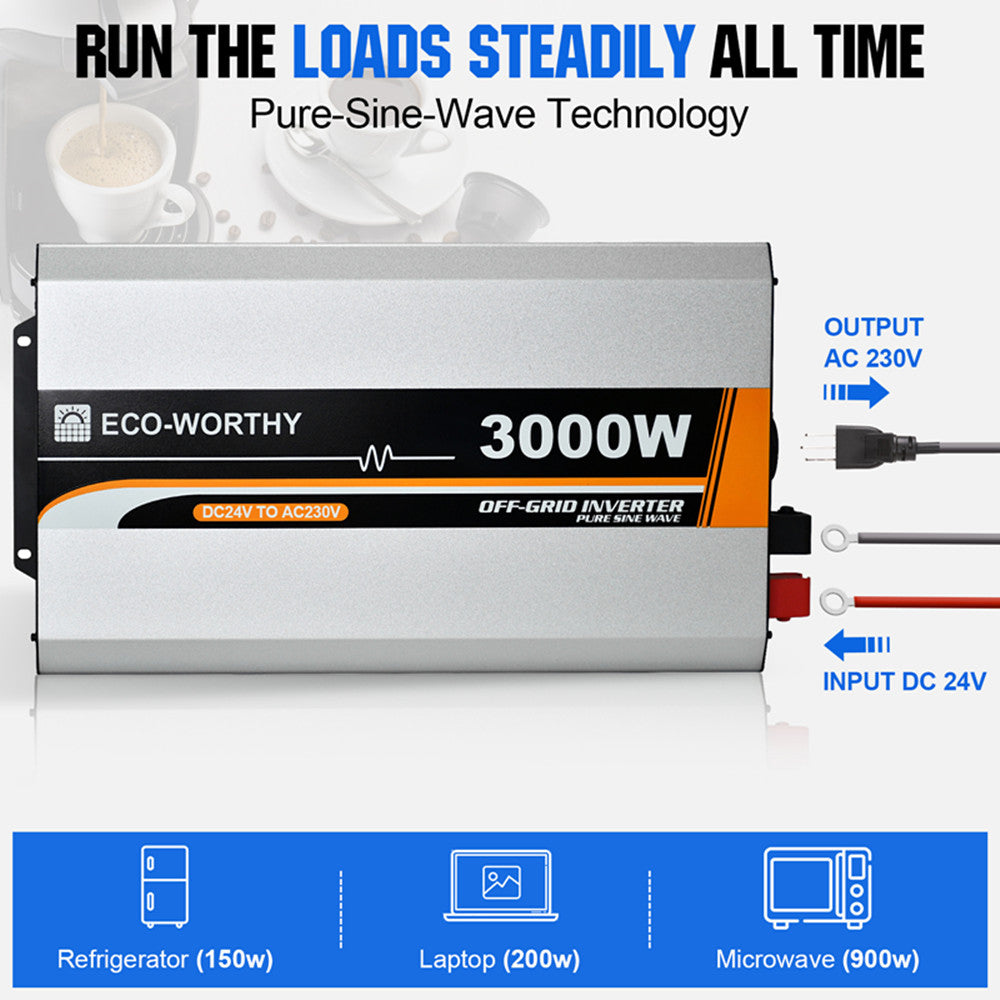The Essential Guide to Choosing the Right Solar Inverter for Your Home
Body
As the world increasingly turns towards renewable energy, understanding the role of a solar inverter becomes essential for homeowners looking to harness solar power. This guide aims to provide a comprehensive overview of solar inverters, their types, and how to select the right one for your needs.

What is a Solar Inverter?
A solar inverter is a critical component of any solar energy system. Its primary function is to convert the direct current (DC) generated by solar panels into alternating current (AC), which is the form of electricity used in most homes. Without an efficient inverter, the energy produced by your solar panels cannot be utilised effectively.
Types of Solar Inverters
When considering a solar inverter, it is important to understand the different types available:
- String Inverters: These are the most common type, connecting multiple solar panels in a series. They are cost-effective but can be less efficient if panels are shaded.
- Microinverters: These are installed on each solar panel, allowing for individual optimisation. They are ideal for installations with shading issues but can be more expensive.
- Power Optimisers: Similar to microinverters, power optimisers are attached to each panel but still connect to a central inverter. They offer a balance between cost and efficiency.
- Hybrid Inverters: These inverters can manage both solar energy and battery storage, making them suitable for homes looking to store excess energy for later use.
Key Features to Consider
When selecting a solar inverter, several features should be taken into account:
- Efficiency: Look for inverters with high efficiency ratings to maximise energy conversion.
- Warranty: A longer warranty period often indicates a reliable product. Most inverters come with warranties ranging from 5 to 12 years.
- Monitoring Capabilities: Many modern inverters offer monitoring features, allowing you to track energy production and consumption.
- Size and Compatibility: Ensure the inverter can handle the total output of your solar panel system.
Installation and Maintenance
Proper installation of your solar inverter is crucial for optimal performance. It is advisable to hire a professional installer who can ensure that the inverter is correctly integrated with your solar panel system. Regular maintenance checks can also help in identifying any potential issues early on.
For those considering an off-grid solution, the is an excellent option, providing reliable power conversion for various applications.
Conclusion
Choosing the right solar inverter is a vital step in optimising your solar energy system. By understanding the different types, features, and installation considerations, you can make an informed decision that suits your energy needs. Embrace the future of energy with confidence and enjoy the benefits of solar power in your home.












Comments